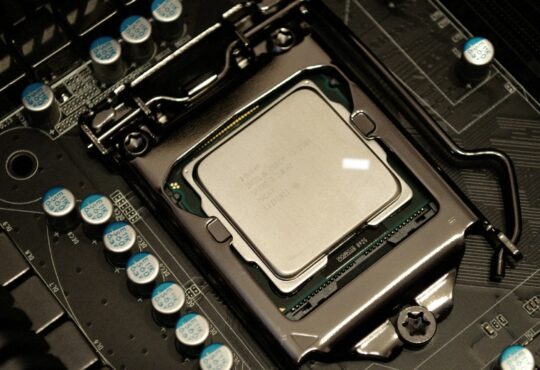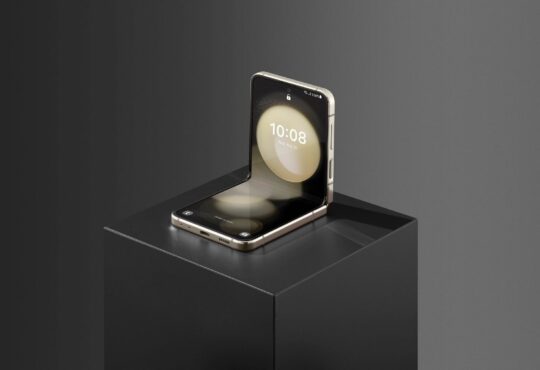A clean install of Windows is probably the most reliable way to get a PC back up to speed and revitalized. Getting rid of all the tiny leftover files, laying around and slowing your device down. One thing is true for all Windows computers; eventually, they will slow down.
It’s also a very smooth way of resetting personal settings and information. If a computer changes hands at a company, old passwords, settings and family photos need to be removed. Instead of manually tracking down and purging old information, a clean install of Windows is often the best way to go.
Perhaps the software is just not running as intended or the device is compromised. In the end, there are many reasons to perform a clean install of Windows and here are 3 ways to do it.
Use the Reset this PC feature
One of the easiest ways to get a clean install of windows. You´re going to get a completely new installation of your current Windows version. No third-party software or drivers will be installed, removing one possible source of problems. You won´t need any installation keys or external files, just follow these steps:
- Navigate to “Settings”
- Go to “Update & Security”
- Select “Recovery”
- And finally, below the Reset this PC heading, press “Get started”
Once you start you won´t immediately go into the installation. There are a few choices to be made and you can still cancel the process.
First, you decide whether you want to keep your files or remove them. Is the Windows device moving to another user? The best practise is to remove the files. If it stays in your hands, you can select to keep the files. If the files are removed you can decide to wipe the space, making sure they can’t be recovered.
On newer versions, you can also decide whether you want to perform the clean install of Windows with a fresh copy from the cloud or the one currently on your device.
Clean install of Windows using a recovery image
This installation option is only available if you purchased your device with Windows already installed. If it’s available the recovery image will restore the device to the version you got from the manufacturer.
This includes all the drivers and software that were included from the start. Now, this is both good and bad. Getting all the original drivers might help make for a smooth ride. On the other hand, a pre-installed Windows will in general contain a lot of bloat. You probably don’t want a free trial of an outdated antivirus program.
Another downside to using a recovery image from the OEM is that you are very likely to end up with an outdated version of Windows. You can obviously fix this through updates but it will end up being time-consuming.
The OEM recovery image might be available from the “Recovery” menu in your settings. If not, start with downloading a recovery image from your OEM and put it on a USB or other external drive.
You then boot from the installation media, select Troubleshoot and press Recover From A Drive. The process should run automatically from here, for more details go to the website of your OEM.
Clean install of Windows from a bootable recovery media
The hardest of the options by far, this should only be done by the tech-savvy. On the plus side, it gives you the most freedom and control of the process.
- Open the media creation tool and use it to download the installation file from the official Windows 10 website.
- Using the same tool, create a bootable USB flash drive.
- After this, you will have to find the right combination of keys to hit in order to boot from the drive into the Windows setup program. The key combination depends on the manufacturer.
- If you want to get rid of your old files, use the built-in tools to reformat the drive. If you decide to skip this, your old files will remain in a windows.old folder.
- Install Windows 10.
- If you didn´t reformat your drive, you will need to clean up the windows.old file.
- Run Windows update to get all the hardware drivers that aren’t included in the standard Windows setup.





